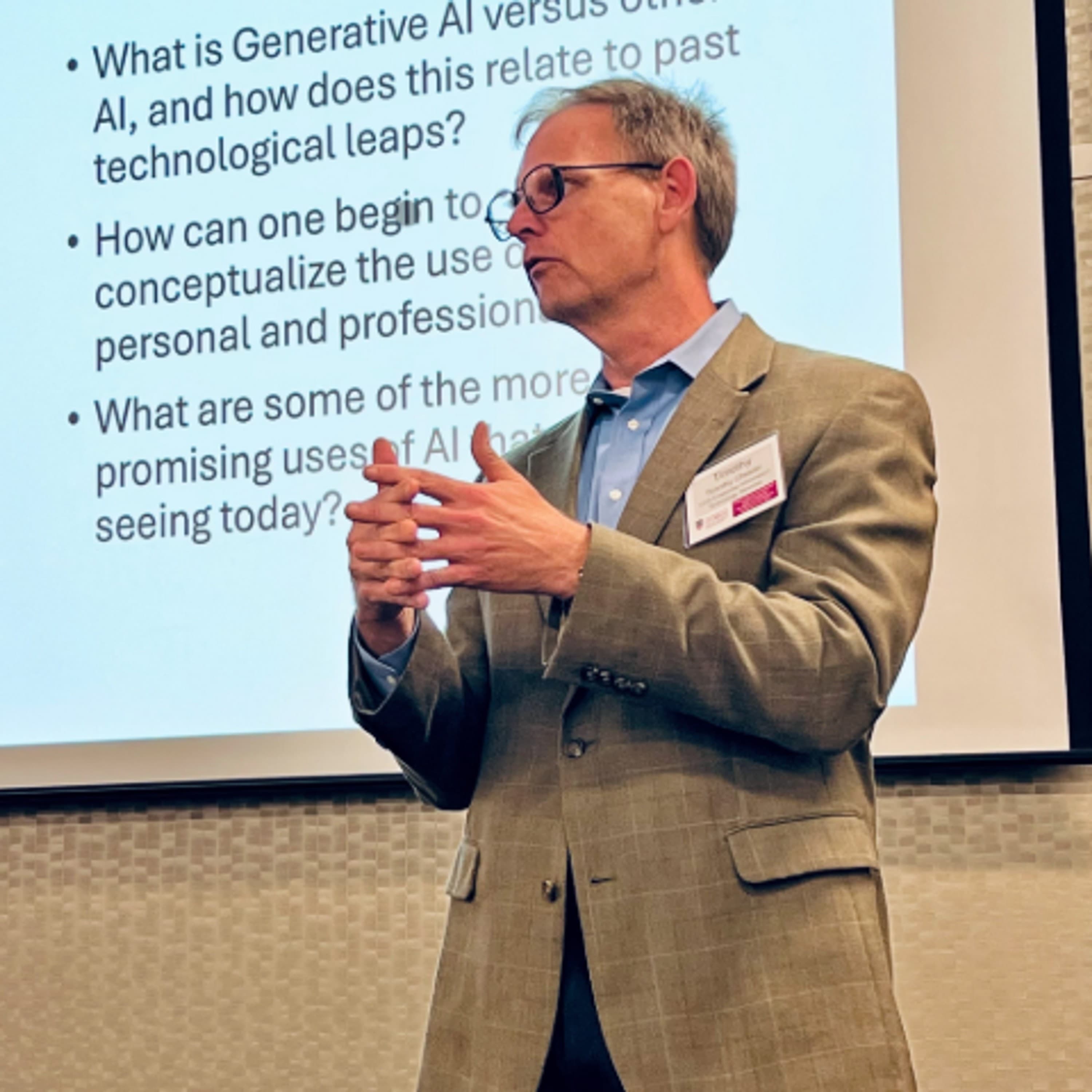Deep Dive: The Quiet Work of Great Leaders
In today’s episode, we’re talking about mentorship—but not the kind you find in structured programs or formal pairings. This is about the kind of mentorship that happens in the trenches—when you’re working for someone who believes in you, challenges you, and shapes you through how they lead every day. If you’re early in your career, this episode will give you a sense of what to look for in a great boss. If you’re further along, it’s a reminder of the kind of leader we should all strive to be.
About the podcast
Technology is reshaping higher education, leadership, and the economy—but the biggest challenges aren’t just technical, they’re cultural and structural. Created by Timothy Chester, this podcast explores the real impact of AI, automation, and digital transformation on universities, work, and society. With a sociologist’s lens and decades in higher ed IT leadership, he cuts through the hype to uncover what truly matters.
Share this episode
Share with friends and family
